Raith Rovers suffered their fourth defeat in six league matches, going down 2-0 at home to Inverness on Saturday.
Rovers dominated the first half but failed to capitalise when they were on top.
Scott Allardice opened the scoring from the spot after Ross Millen brought down Daniel Mackay.
Substitute Billy Mckay added a second late on as Ian Murray committed more and more men to the attack in search of an equaliser.
Striker required
As many have pointed out – including Courier Sport – another option up front is a priority.
Murray has also expressed his desire for one and reiterated it after Saturday’s defeat.
That has become more of a pressing concern after Jamie Gullan was taken off injured in the first half.
The extent of the groin injury will be assessed in the coming days but even if he returns for next weekend another option is required.
Gullan tends to play more of a facilitator role and is a player on form.
Even still a more physical presence is needed for when Murray feels his attack is “too flat”.
Connor McBride came on for his debut but perhaps wasn’t 100% suited to the role he was asked to play alongside Kyle Connell.
A change in set-up?
The Raith manager hinted at a change in formation following Saturday’s defeat.
Murray has preferred a 4-1-3-2 – which he deployed latterly at Airdrie – though has used 4-2-3-1 against the likes of Partick Thistle and Aberdeen, as well as 4-3-3 on occasion.
The responsibility for the second goal was shouldered by Murray who added that he may have to look at his side being “more solid” in future.
This could mean Stanton dropping deeper alongside Brown.
Brad Spencer made his long-awaited return from the bench and while he will have to be managed back to full match fitness, he bolsters the options there.
Murray flirted with and switched between a series of formations at Airdrie to find the right one, rather than being dogmatic in his approach and may have to do so here.
Still building squad
The results have not been good enough, plain and simple.
This start to the season replicated across the full campaign would make for grim reading.
Murray only took the job in the summer and is working in what he has called “the hardest transfer window to date”.
Other managers of Fife clubs have said similar.
Dunfermline’s James McPake recently called it a “weird window” and John Potter said he had missed out on signings at Kelty Hearts “for a variety of reasons”.
Even East Fife’s Stevie Crawford, who has done decent business, labelled the window “difficult”.
Both Murray and McPake have spoken about a “domino effect” down to the lower leagues.
As yet the exact reasons and their extents have not been determined, but there appear to be many.
The best guess is a matrix of related reasons: an unprecedented winter World Cup, Brexit, a cost-of-living crisis and Scottish clubs loaning out fewer players than they normally would have.
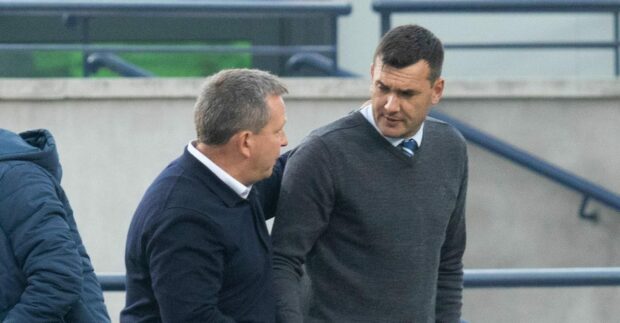
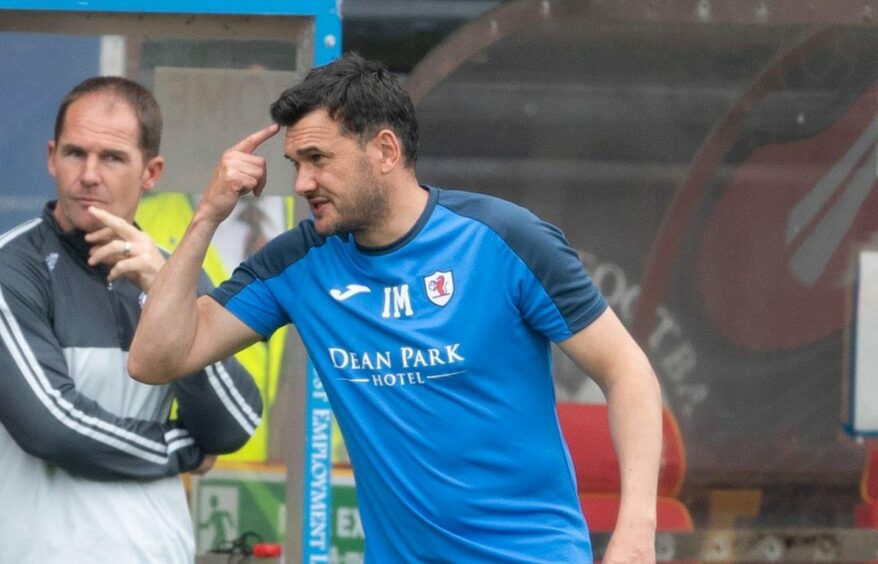
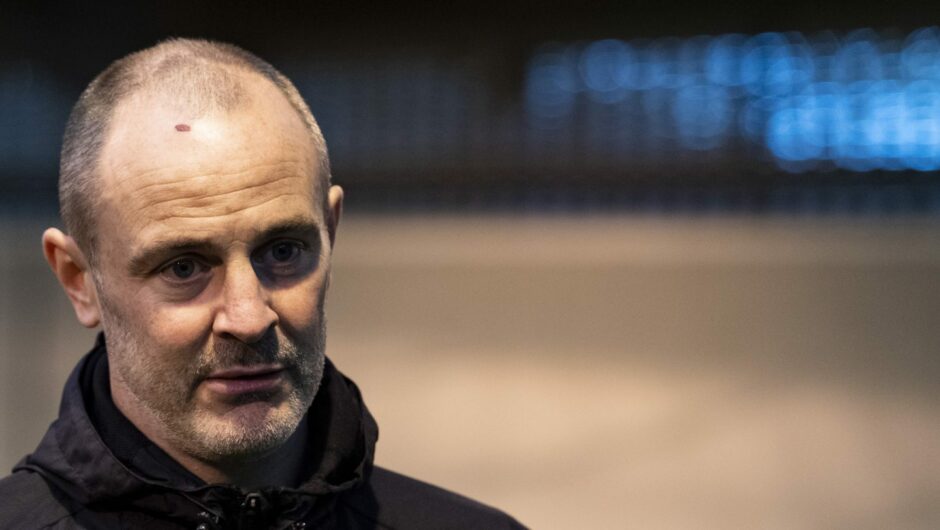

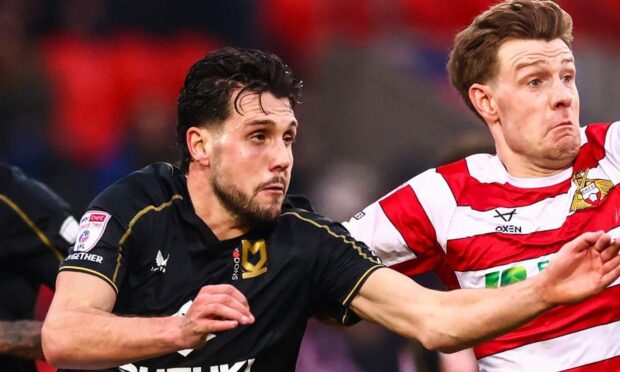
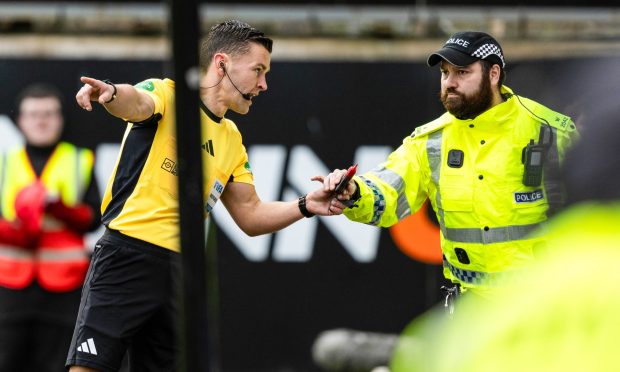
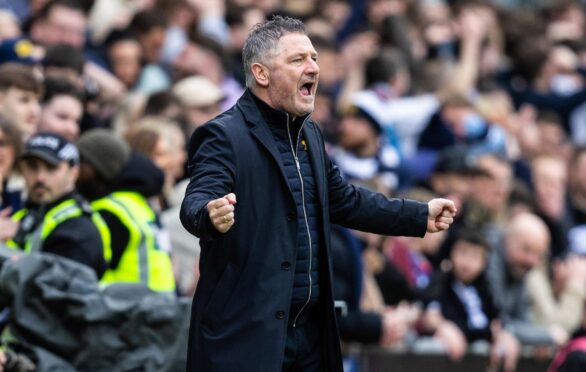
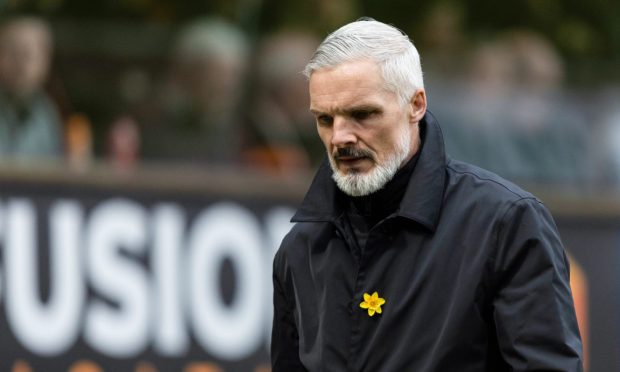

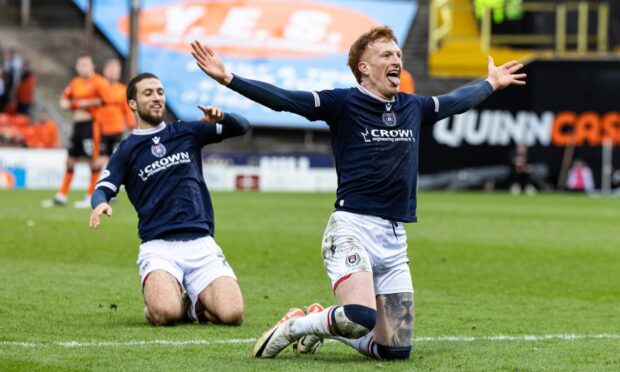
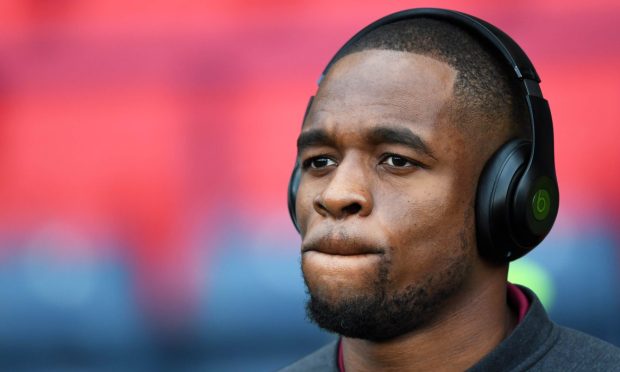
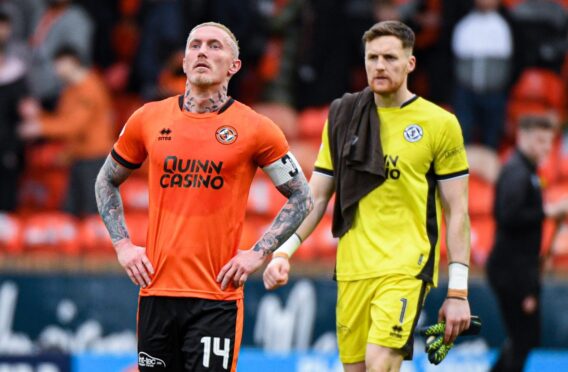
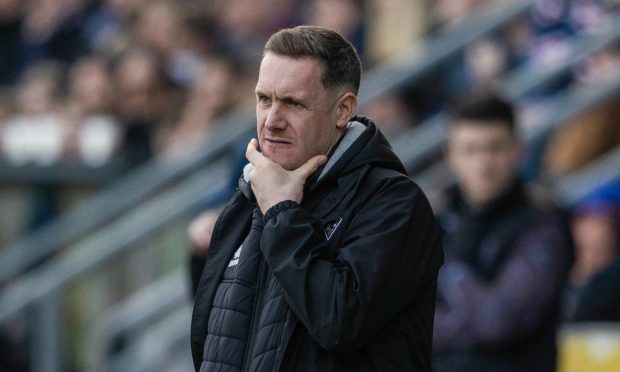
Conversation